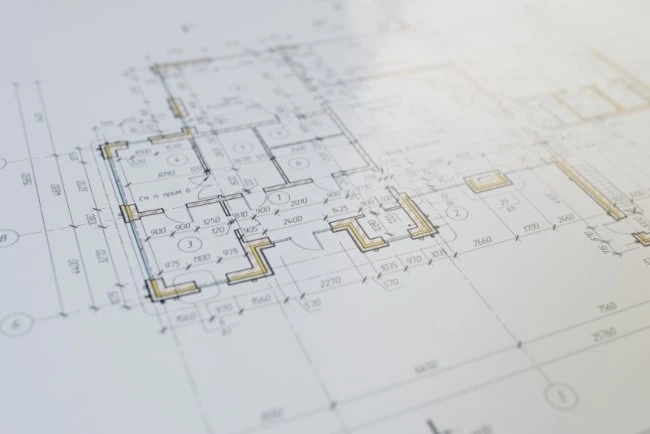The image source is Pexels.
Owning your own home can be one of the most rewarding experiences in life. Having your own space to live and call your own can be exciting, and being able to improve it at your leisure (or pay to have it improved) is even better. Whether you plan to pay for your home outright or are hoping to build your new place from the ground up, many affordable options will help you go from renting to owning.
6 Ways to Own Your Own Home
When you’re looking to own your first home, the dream of getting that perfect place might seem like an impossible feat when you’re just starting in life. Thankfully, there are plenty of options available to help lower your costs and ensure you can still get your dream home. Read on to learn more about affordable ways to own a home.
1. Homebuilding
Building your own home is a major undertaking, but it\'s also an empowering process. Whether you’re planning to hire professionals or do it yourself, building your home can be more affordable than purchasing one. The more you know about how and why things are built a certain way, the better equipped you\'ll be to build your dream home (or save money on future construction projects). There are excellent home builders in North Carolina that are the best option for constructing your new home. When building your home, make sure to prioritize safety and structural integrity to make sure your home feels as good as it looks.
2. Rent-to-Own
Rent-to-own arrangements, in which a tenant rents a property and then pays for it via extra payments over time, are popular among first-time homebuyers who can’t yet afford down payments or don’t have a high enough credit score. Some rent-to-own contracts allow tenants to purchase their homes outright after making monthly payments for five years. In other cases, they must keep renting. If they do buy, owners typically demand a large sum as compensation for previous rent checks and maintenance performed on behalf of tenants.
3. Save for It
This is a tried-and-true method of saving for a home down payment. Many financial experts recommend saving 20% or more for your down payment and other closing costs, but it’s not uncommon for buyers to set aside significantly less than that. Before you even begin shopping for homes, put away as much as you can; you’ll need that cash on hand. Some experts suggest saving enough money so that you could cover all of your closing costs at once and still have enough money left over to pay three months’ worth of mortgage payments – anything less than that and there could be trouble. Once you get preapproved for a mortgage, keep contributing toward your down payment fund every month until it\'s time to start house hunting in earnest.
4. First Time Buyer Programs
Many banks offer special first-time buyer programs that lower fees and require a smaller down payment. There are also government-sponsored programs you can use to purchase your first home. The U.S. The Department of Housing and Urban Development offers FHA loans with as little as 3% down, and USDA Rural Development has loan programs for people buying homes in rural areas with low property values. In some states, city or county housing authorities offer aid as well. It’s best to ask your real estate agent about these non-bank programs before you begin shopping for mortgages.
5. Mortgage Refinancing
Refinancing your mortgage can be a great way to reduce your monthly payments, shorten your loan term, or both. However, not every refinancing option is created equal, and homeowners should do their homework before getting started. If you\'re interested in refinancing but aren\'t sure where to start, check out our guide below for details on everything from loans backed by Fannie Mae and Freddie Mac to mortgage rates across different types of property. From there, consider speaking with a lender about which mortgage refinance options are best for you.
6. Equity Lines of Credit
If you have equity in your home, a home equity line of credit is a good way to finance improvements or renovations. A HELOC functions much like a credit card. You pay interest only on what you borrow—the outstanding balance—and there’s no penalty for paying off your line of credit early. Once your loans are paid down, you can tap into any remaining equity that you have in your home.
Conclusion
If you’re looking to own your own home, but don’t know where to start, don’t give up. Keep this guide for affordable homeownership options in mind.
0



